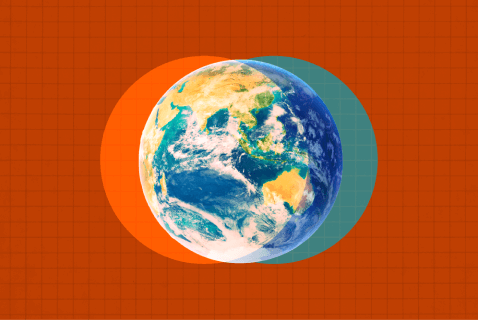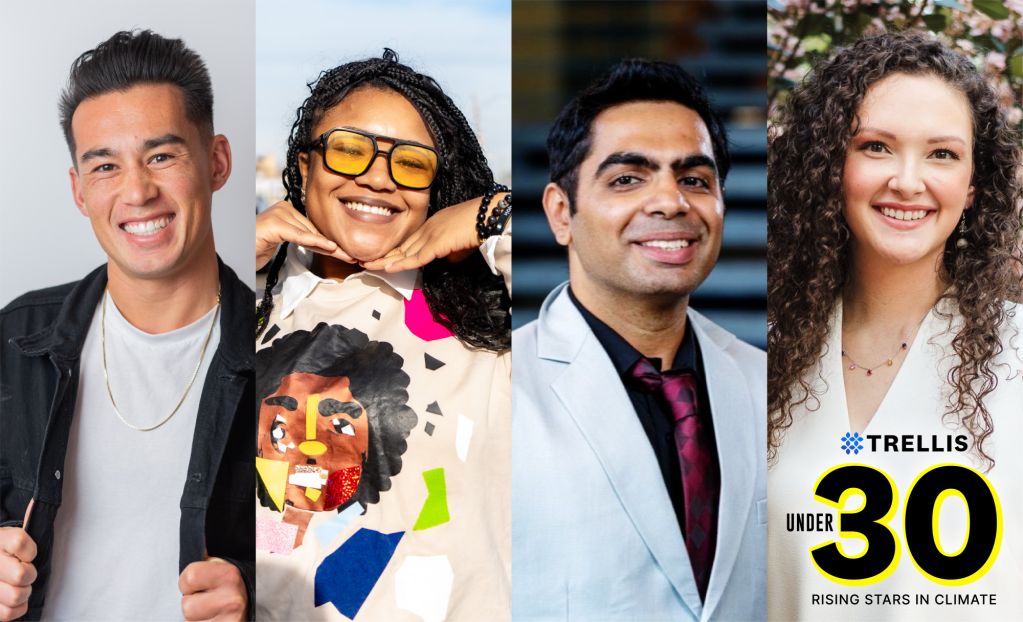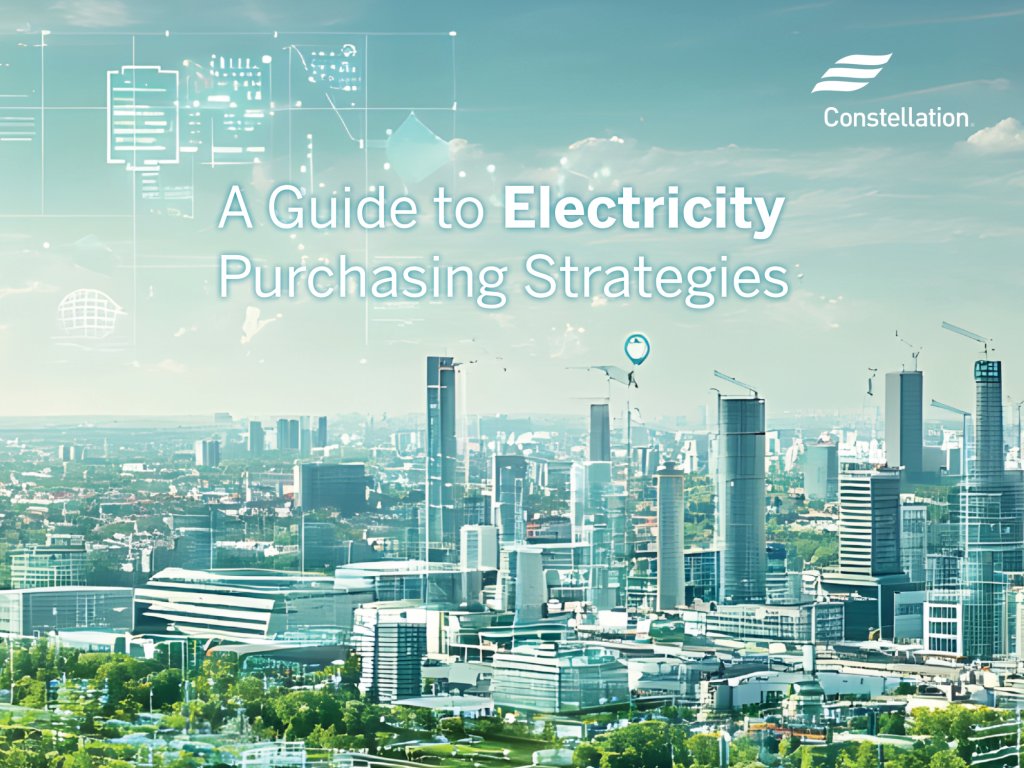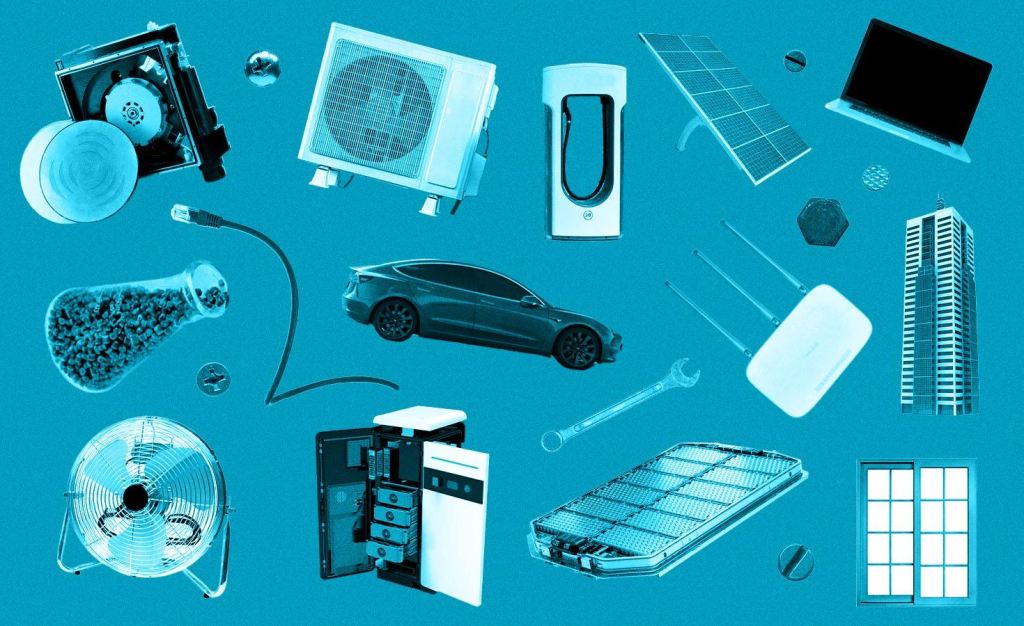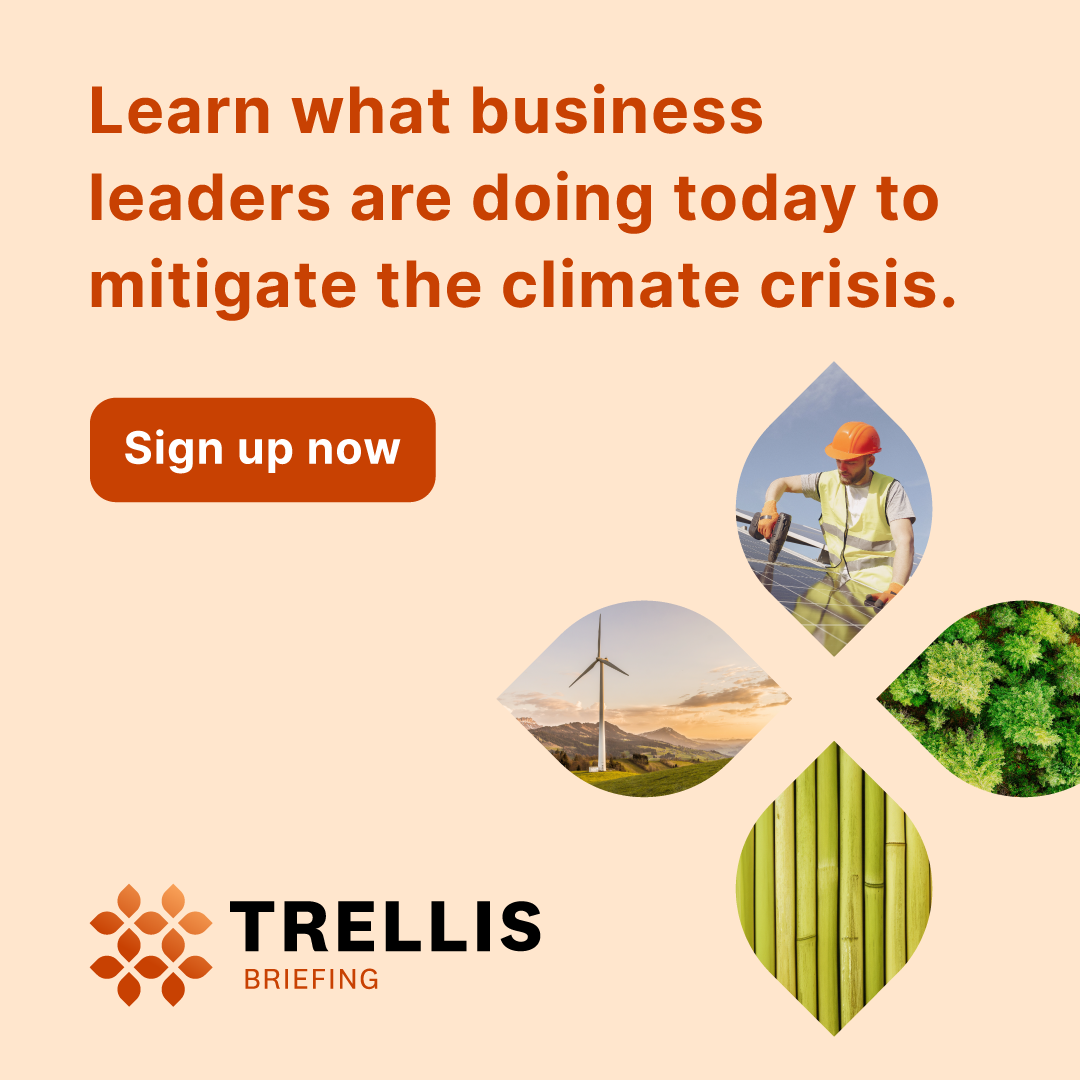When we shrink the table, solutions suffer: How DEI strengthens sustainable packaging
Diversity of thought and lived experiences are necessary for sustainable packaging to reach widespread adoption. Read More
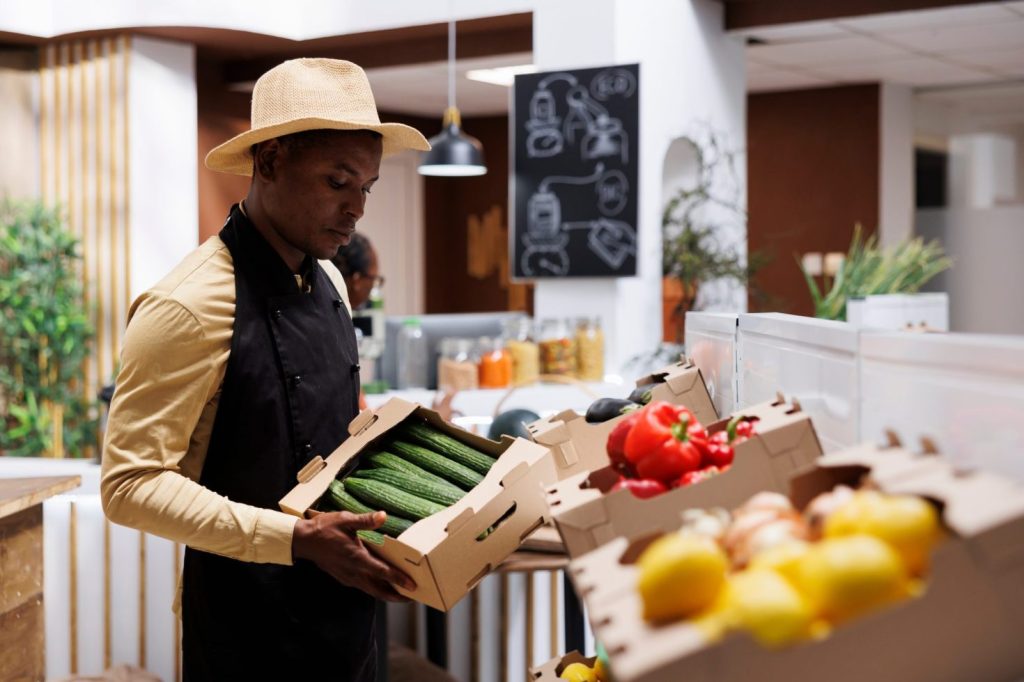
True progress in sustainable packaging requires scale – but not in the way you may think. It asks a diverse number of communities to recycle, reuse and participate in the circular economy. We’ve seen the impact diverse thinking has had across everything from helping to strengthen bottle deposit return systems in the U.S. to the growth of reusable packaging practices in the Global South.
Yet right now, we’re all reading stories about companies rolling back the very initiatives that empower people from an array of communities to design, test and refine our solutions. When used properly, DEI opens the door for the diversity of thought that scalable sustainable solutions depend on. Stepping away from these initiatives could thwart or delay the sustainability solutions that we need to scale quickly. Here are three reasons why.
Dynamic problems demand creative problem-solving
Problems such as climate change and the global waste crisis are dynamic — they affect us all, but they affect marginalized communities first and worst. For example, Black and African American individuals are 40 percent more likely to currently live in areas with the highest projected increase in extreme temperature-related deaths. One critique of the problem-solving on these issues is the lack of diversity of thought and lived experience in the industry, with just 4.8 percent of sustainability professionals identifying as Black, Asian or as an ethnic minority.
Yet people who’ve faced hardships often bring a level of resilience and creativity that results in unique solutions to complex problems. A World Economic Forum report found that well-managed diverse teams outperform well-managed homogeneous ones, with diverse teams being 25 to 36 percent more likely to outperform on profitability, with up to a 20 percent higher rate of innovation. Beyond innovation, one study even found that organizations with gender-diverse boards had better carbon reporting and direct carbon emissions performance. Creating a workplace environment where employees not only feel like they’re welcomed, but are also able to bring their best version of themselves to work will lead to them being able to contribute their ideas freely.
Now, imagine those innovations in climate. Opening our eyes to a diversity of solutions and empowering people who’ve had to think and work differently just to survive can be one of our greatest tools for addressing crises such as climate and waste.
Diverse experiences can unlock universal solutions
To get a variety of people to adopt your solution or buy your sustainable product, it helps to have diversity of thought in the room while creating a solution or marketing a product — people with the lived experiences of the communities we need to work with and serve.
What does that look like in practice? Given that companies in the top quartile for diversity are more likely to have higher financial returns and that 66 percent of employees believe that employee resource groups (ERGs) build community, you can start by upholding hiring practices that foster diversity and creating or maintaining space for ERGs. Then, you can extend this thinking to areas such as your market research. That means not launching sustainable packaging pilots or funding research on the same kinds of often affluent, racially homogenous communities.
Communities are complex and their beliefs and behaviors are often tied with their culture. We need to better understand the cultures of these communities to earn their participation in sustainable solutions. For example, after finding data that might suggest Hispanic and Latino communities have unique recycling attitudes, The Sustainable Packaging Coalition decided to partner with sustainability communications firm ERM Shelton to better understand recycling beliefs and behaviors among these consumers.
We have a lot to learn and even more to lose
In sustainability, we can’t afford to count anyone out.
As an industry and as consumers, we have a lot to learn from countries outside of the U.S. and EU. Take the residents of the flood-prone city of Gorakhpur, India. With monsoons worsening, the community embraced sustainable farming, abandoning mono-cropping and improved their soil resilience and drainage. Or, consider the reusable packaging initiative spearheaded by Chilean company Mercado Circular. The company installed bring-your-own refill stations for products such as laundry detergent in high-traffic areas, preventing the use of over 1.3 million single-use units.
These examples show we can learn from communities that could easily be overlooked if not for the programs and initiatives that seek to elevate their perspectives and experiences. And the continual news about wildfires, hurricanes and floods show that we have a lot to lose if we discount potentially meaningful solutions. That’s why the path forward for sustainable packaging isn’t through narrowing our focus — it’s through widening our doors and ensuring that everyone has a seat at the table where solutions are born.
[Gain insights to move beyond incremental action and accelerate the shift to a circular economy at Circularity, April 29-May 1, Denver, CO.]
